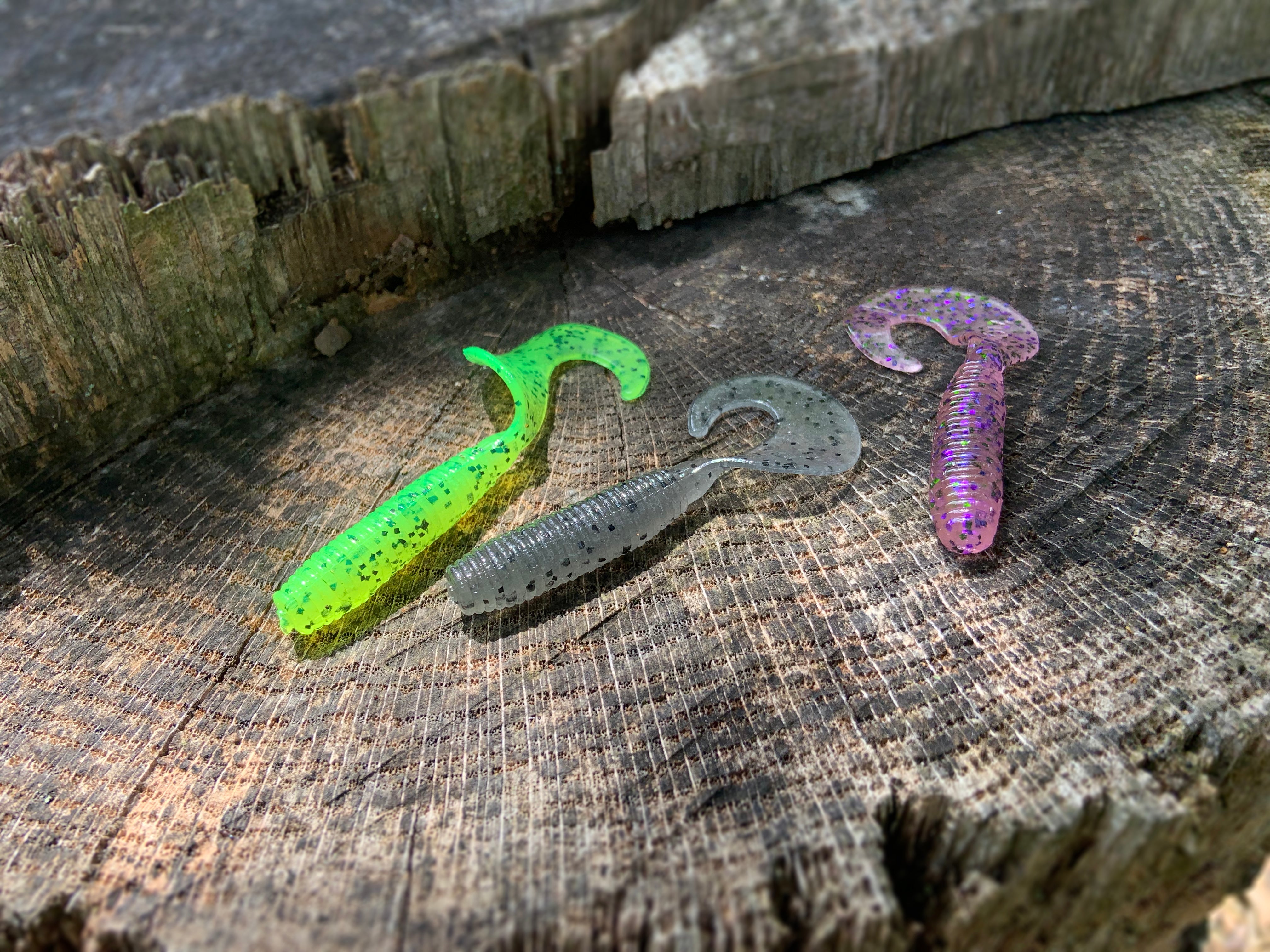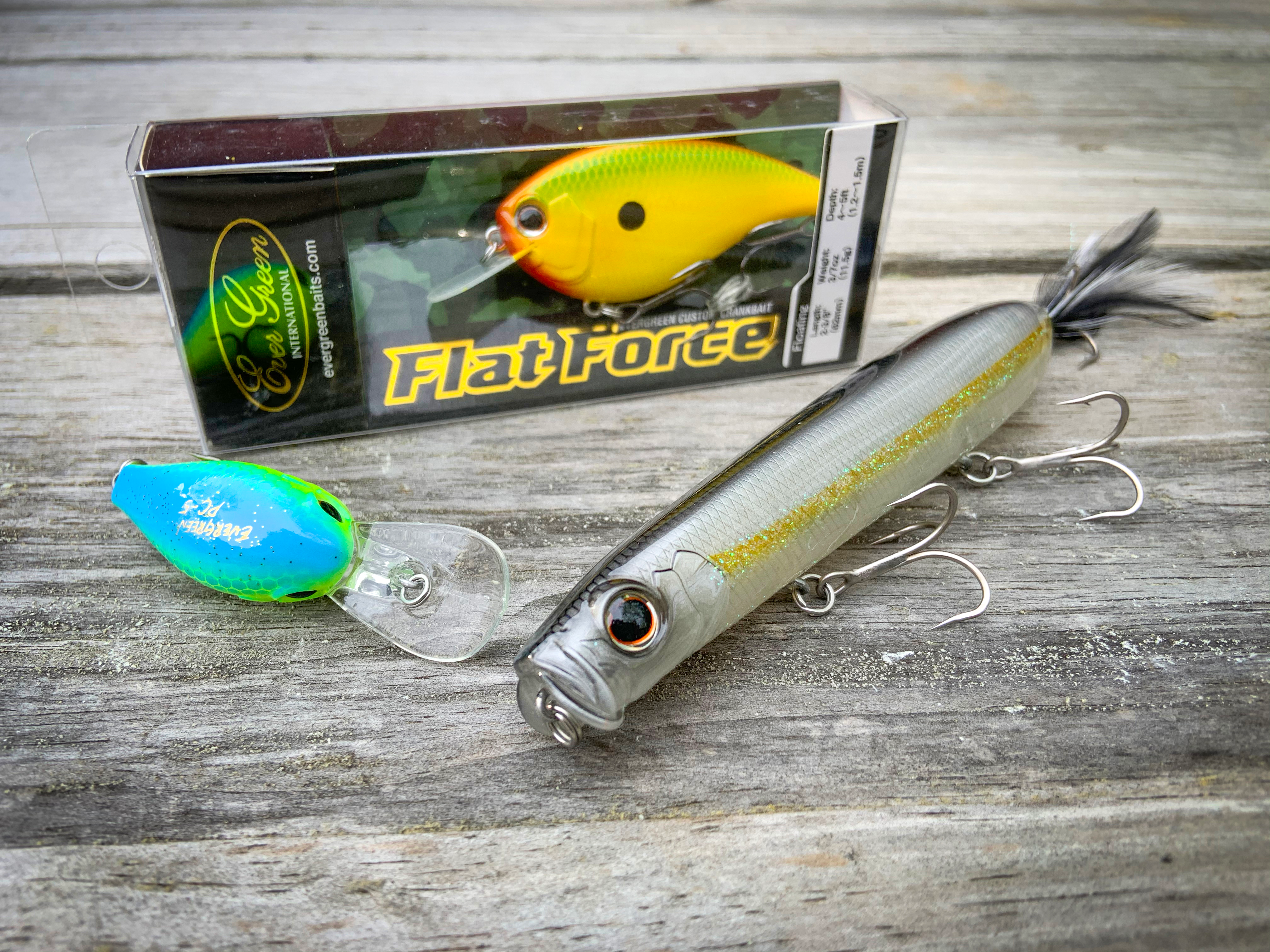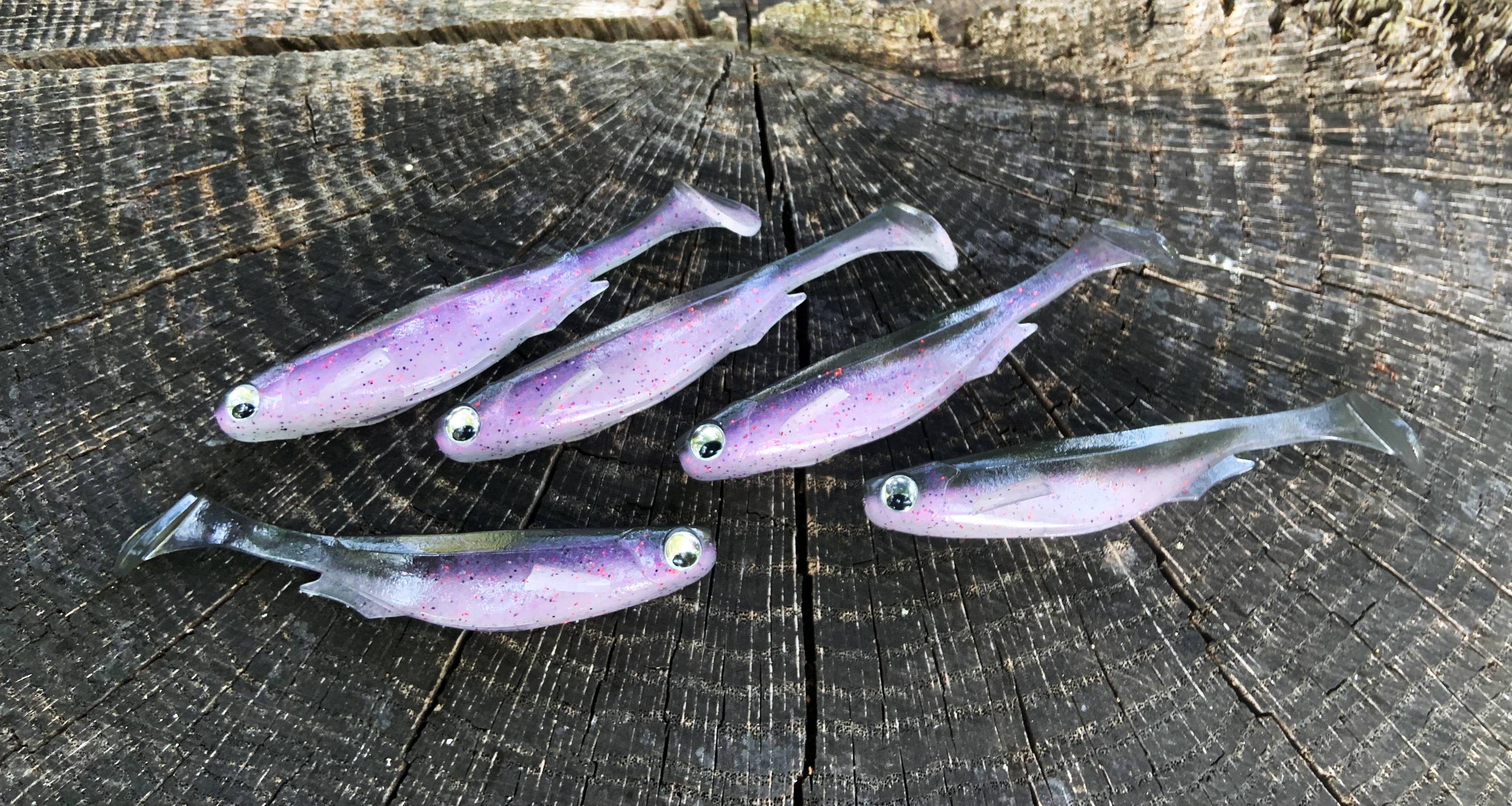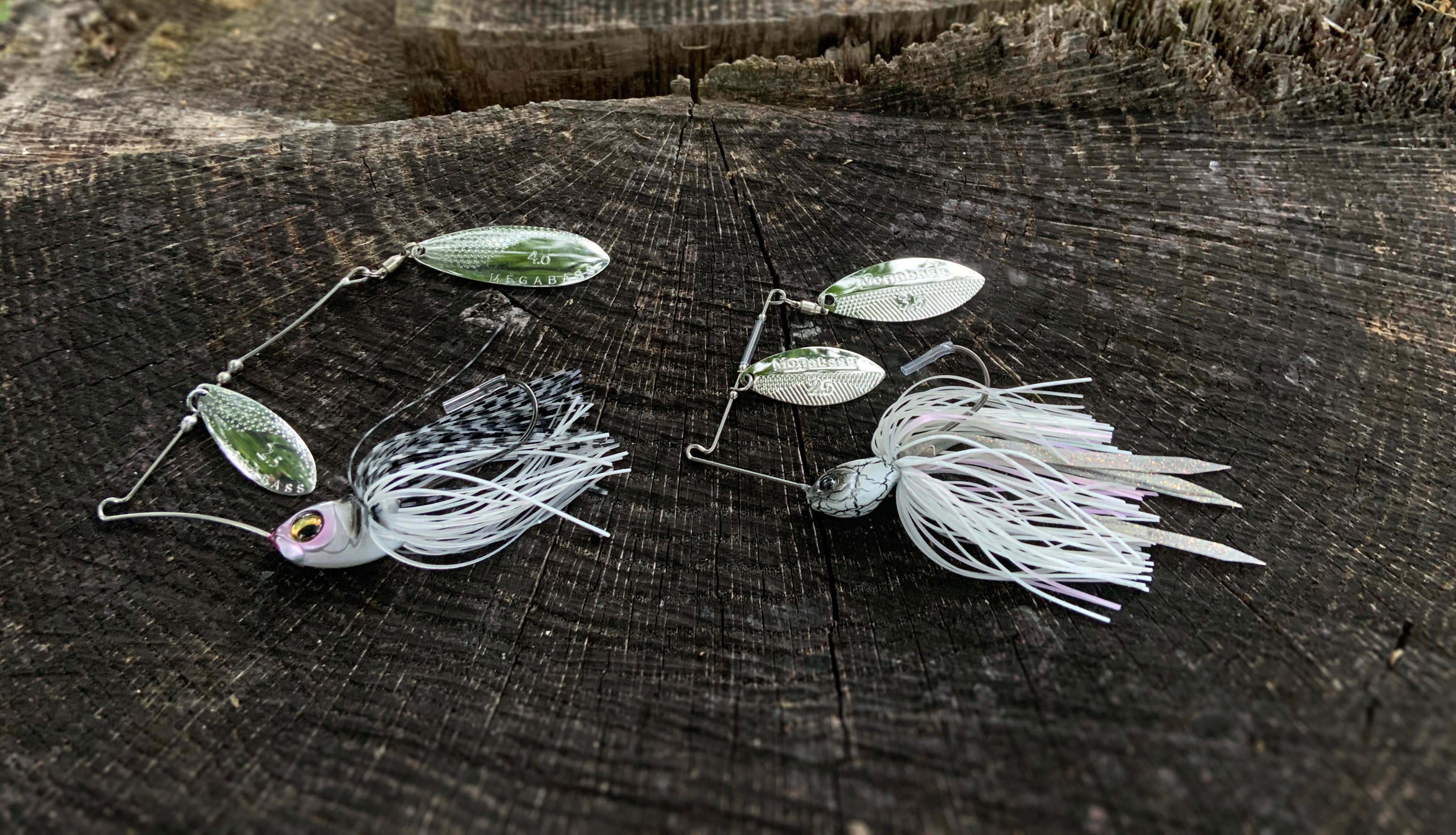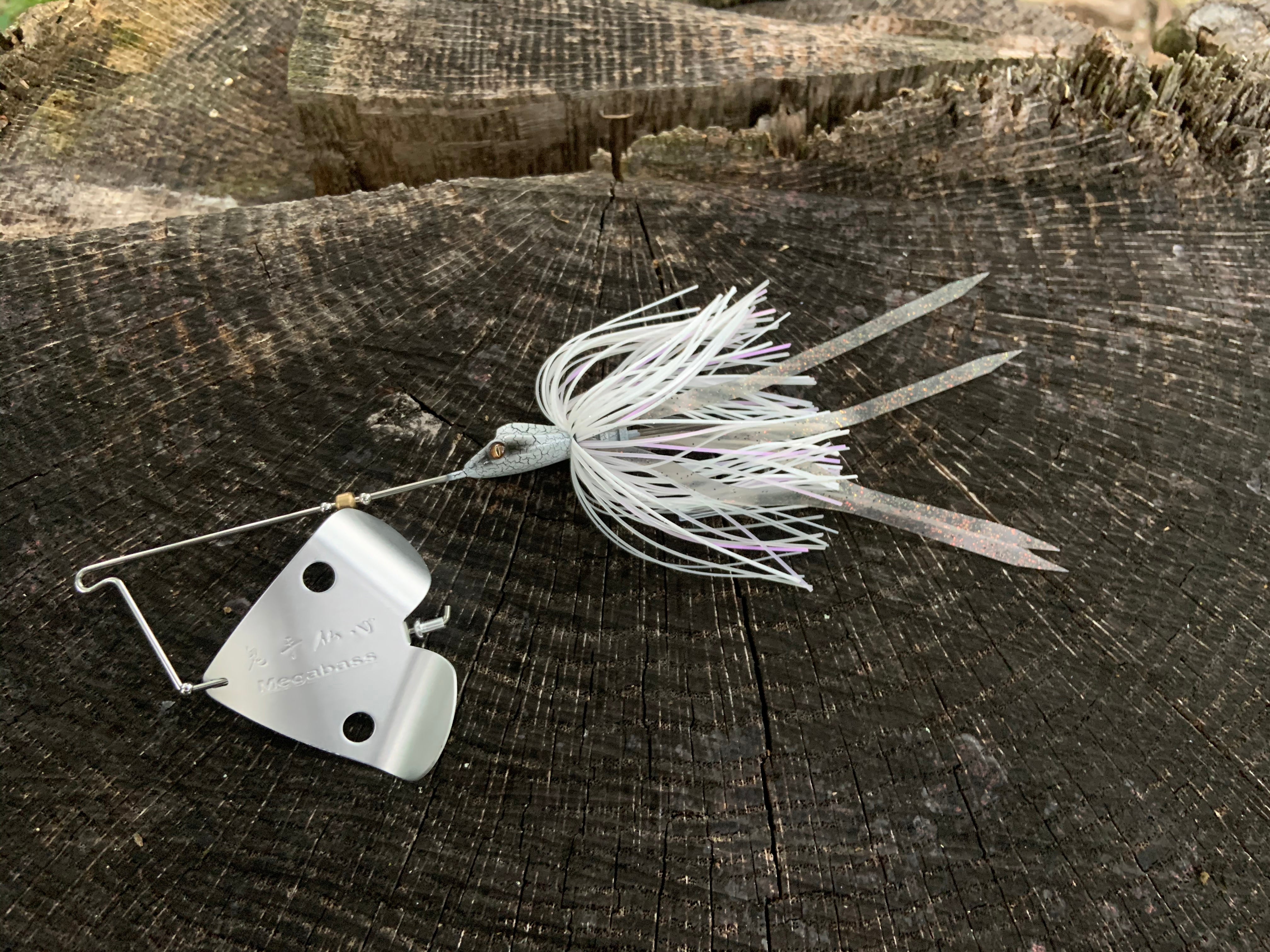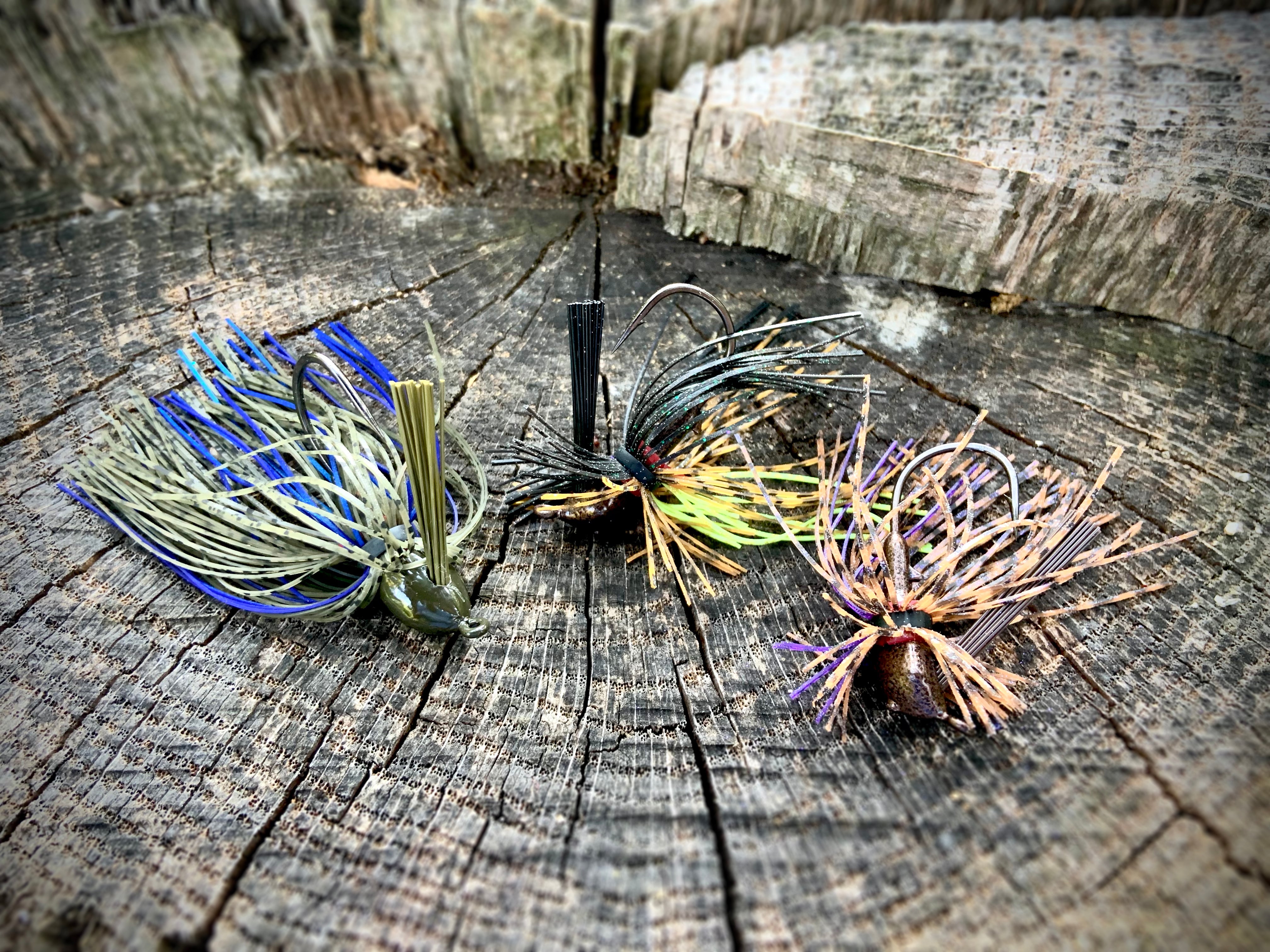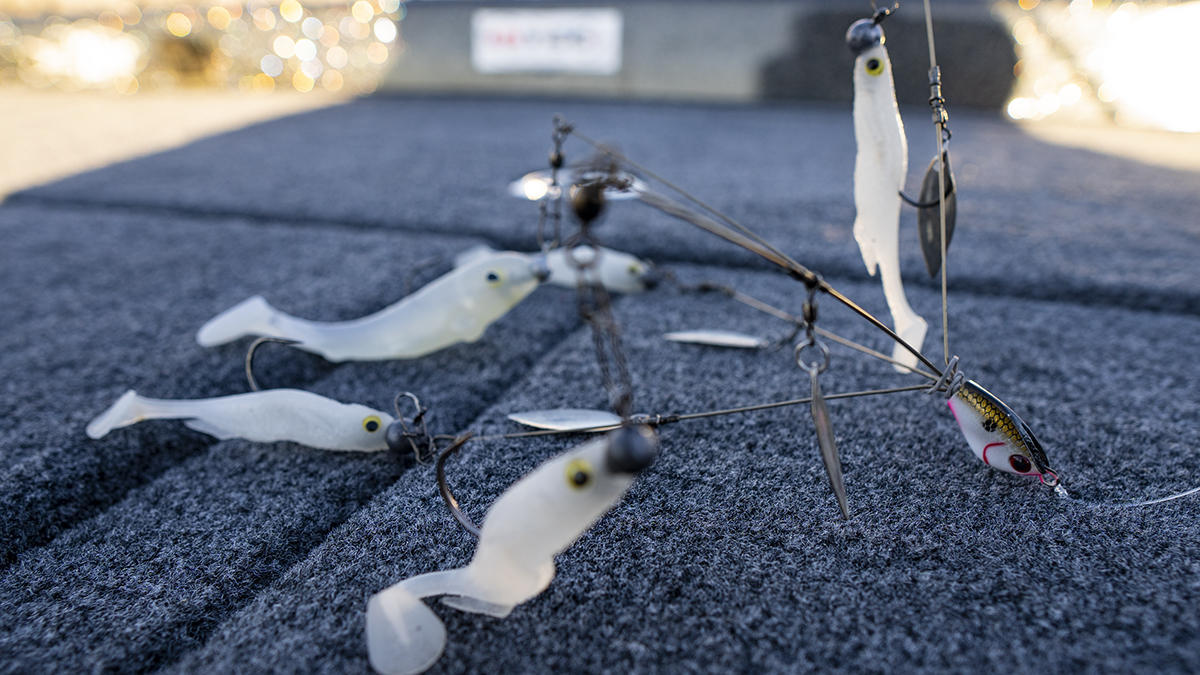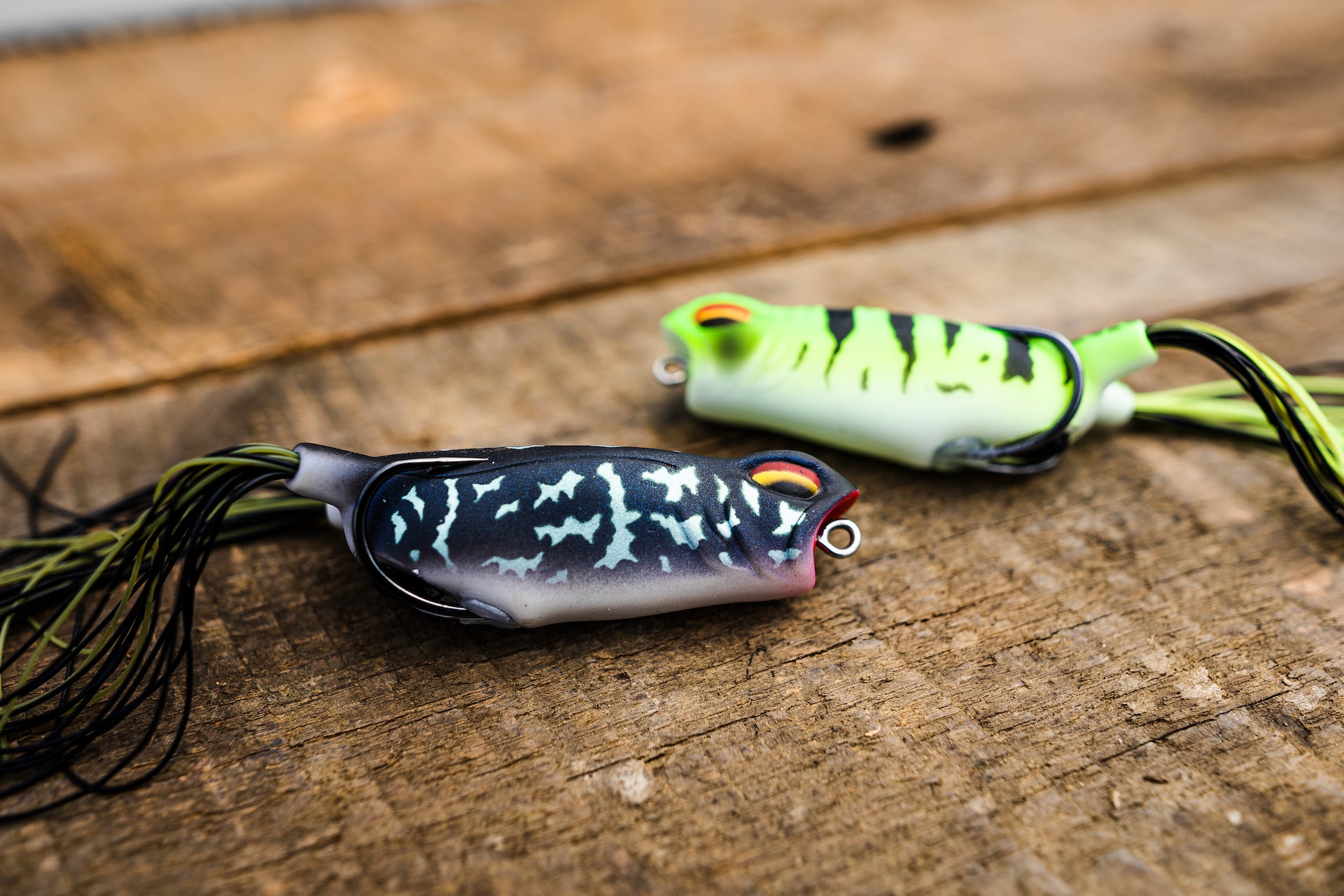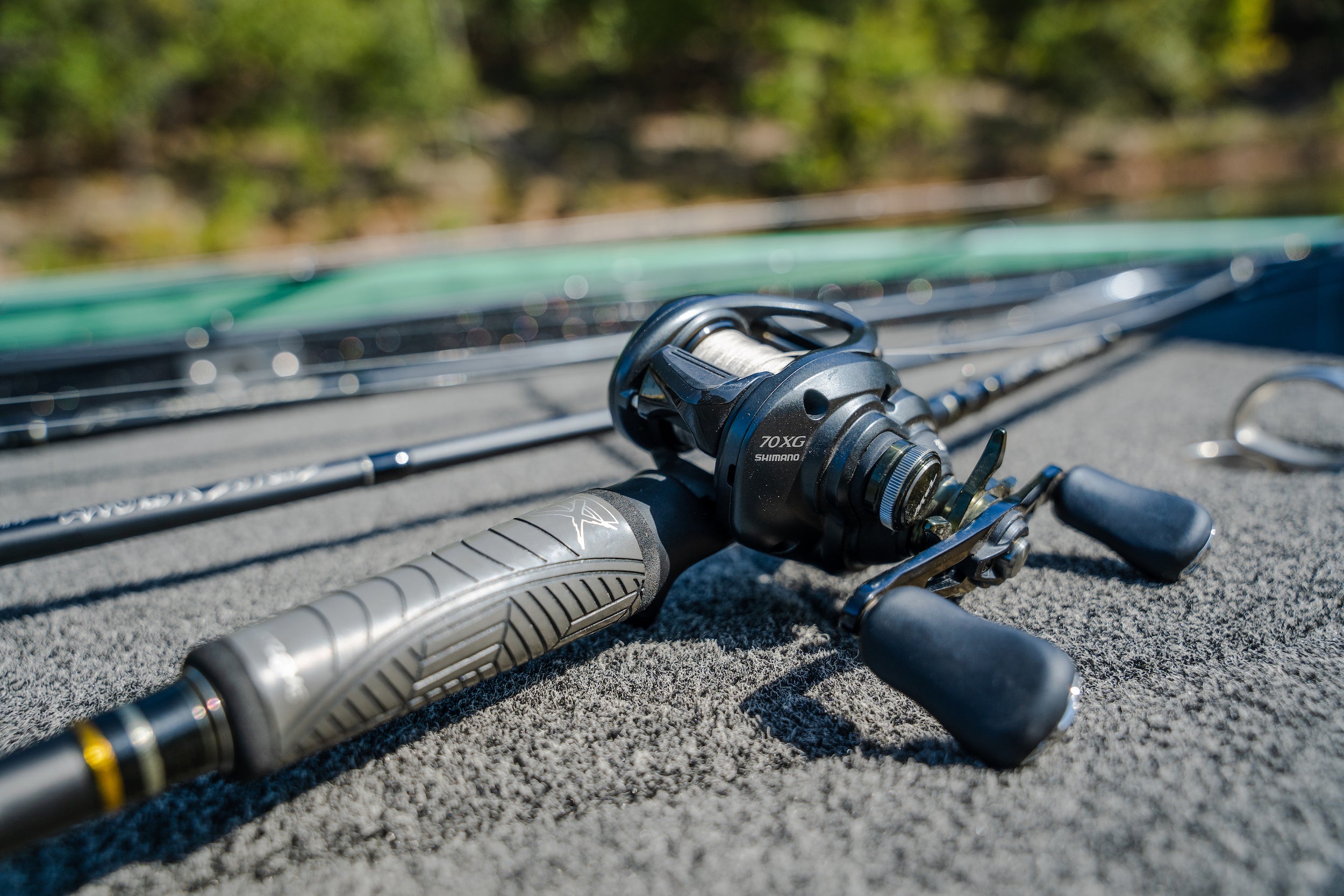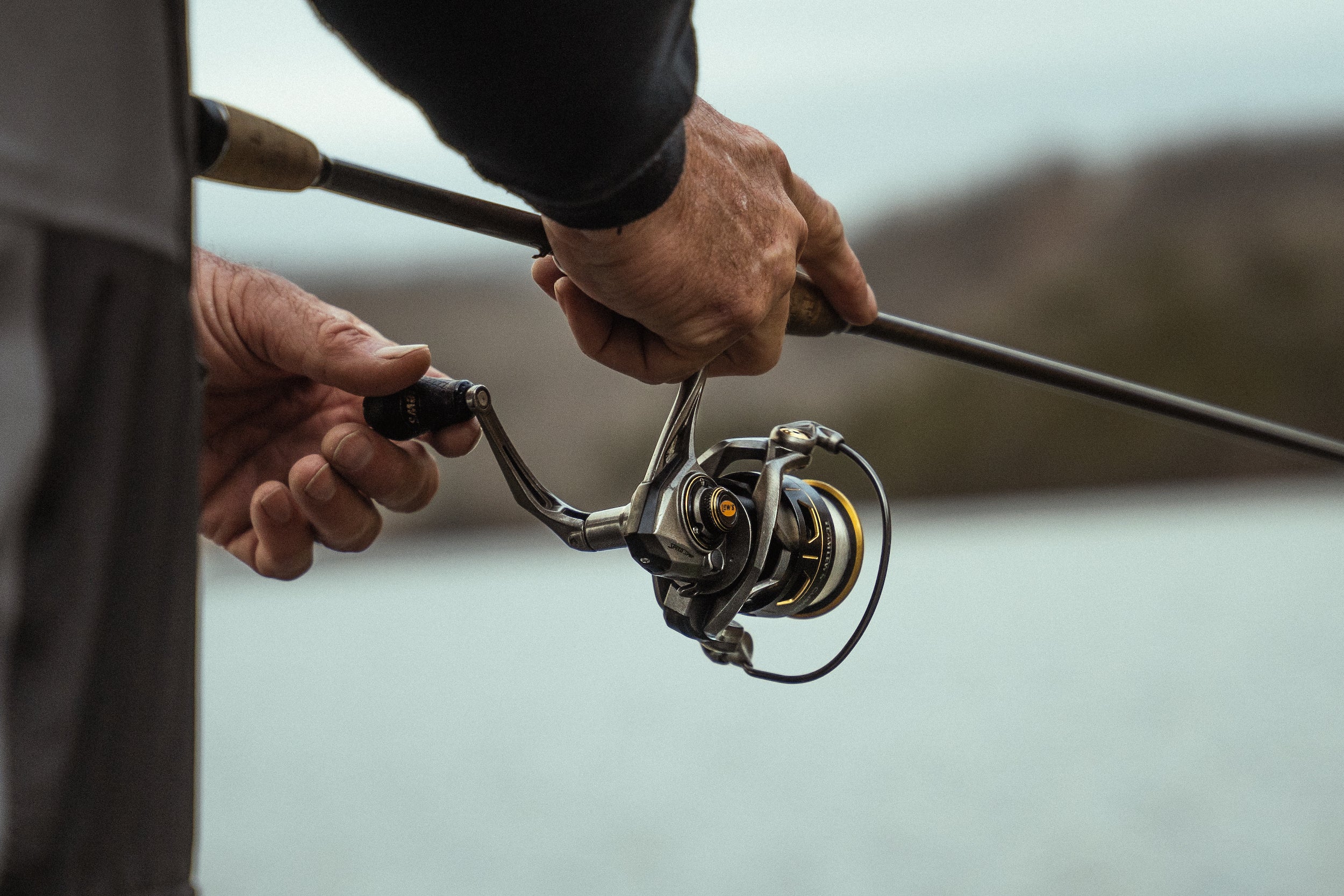Fizzing Bass: A Guide to Safely Releasing Largemouth, Smallmouth, and Spotted Bass
If you’re an avid bass angler, you’ve likely heard of “fizzing,” a technique used to help deep-caught bass recover from barotrauma. This issue happens when bass are reeled up from deep waters, causing their swim bladders to expand too quickly and potentially leading to serious health issues, such as buoyancy problems or internal injuries. Fizzing is an essential skill that every bass angler should know, especially when targeting largemouth, smallmouth, and spotted bass, which can all be vulnerable to barotrauma in deeper waters.
In this post, we'll dive into what fizzing is, why it's important, and how to do it correctly for safe bass release.
What is Fizzing?
Fizzing is the process of carefully releasing the gas buildup in a fish’s swim bladder, allowing the bass to safely return to the depths from which it came. When bass are caught in deeper waters (generally deeper than 15 feet), the rapid ascent to the surface can cause the gases inside their swim bladder to expand, which makes them float uncontrollably. This buoyancy issue can make it nearly impossible for the fish to dive back down to the depths on its own.
By fizzing, you’re essentially equalizing the pressure in the fish's swim bladder, helping it swim back to its natural depth where it can survive and thrive.
Why Fizzing Matters
While bass anglers are often eager to release their catch as quickly as possible, it's crucial to ensure the bass has fully recovered from the stresses of fishing. If a fish is unable to return to its preferred depth, it may suffer from predation, temperature shock, or other challenges that significantly reduce its chances of survival. Proper fizzing ensures that your catch has the best chance to thrive after you release it.
How to Fizz a Largemouth, Smallmouth, or Spotted Bass
Fizzing is a delicate process that requires patience and precision to avoid harming the bass. Here’s a step-by-step guide on how to safely fizz bass, whether you’re dealing with largemouth, smallmouth, or spotted bass.
1. Identify the Symptoms of Barotrauma
Before attempting to fizz, you need to know when it’s necessary. Here are the signs that a bass has barotrauma:
-
The bass is floating on its side, belly up, or struggling to dive.
-
The bass appears disoriented or unable to swim properly.
-
There may be noticeable bloating in the abdomen of the fish, which indicates an overinflated swim bladder.
If you notice any of these signs, it’s time to help the fish by fizzing.
2. Gather the Right Equipment
To properly fizz a bass, you’ll need a few key tools:
-
Needle or fish fizzing tool: A 16-18 gauge needle or specialized fizzing tool with a sharp tip.
-
Needle placement site: You should aim for the area just below the pectoral fins, where the swim bladder is located. Make sure to disinfect the needle to reduce the risk of infection.
-
Pliers (optional): If using a needle, pliers may help control the amount of air released.
-
A bass-friendly livewell or water container: After fizzing, you’ll want to hold the fish in a recovery area to allow it to regain its strength.
3. Find the Correct Fizzing Location
For both largemouth, smallmouth, and spotted bass, the swim bladder is located near the pectoral fins. Look for a soft spot just behind the pectoral fin where the swim bladder is closest to the surface of the fish's body.
4. Inserting the Needle
-
Insert the needle at a slight angle (about 30-45 degrees) to avoid damaging internal organs.
-
The needle should go in between the fish’s scales, making sure not to puncture any vital areas like the heart or liver.
-
If using a specialized fizzing tool, simply insert the needle and allow the excess gas to escape gradually.
Note: If the fish is a smallmouth bass, be extra cautious as their swim bladders can be more delicate than other species. Smaller bass are more susceptible to internal damage, so you want to release the gas slowly.
5. Allow the Fish to Recover
Once the air is released and the bass no longer appears to be struggling, allow the fish to rest in the livewell or in the water. Gently support the bass in the water and allow it to regain strength before releasing it. You should see the bass gradually begin to swim away and head toward the bottom if its swim bladder has been properly equalized.
The Importance of Proper Bass Care
Fizzing bass, whether it’s largemouth, smallmouth, or spotted bass, is a vital technique to ensure the long-term health of the fish and the sustainability of bass populations. By taking the extra step to safely release a fish that has suffered from barotrauma, you're contributing to the conservation of bass and ensuring that future generations of anglers can enjoy the sport.
Always remember that if you're unsure about how to fizz or feel uncomfortable, it’s better to err on the side of caution and release the fish immediately if it shows signs of distress, or consult a local expert.
By practicing good fizzing techniques, you can maximize the survival rate of your catch, making sure these amazing bass thrive in their natural environment.
Shop Barb's Fish Kit


